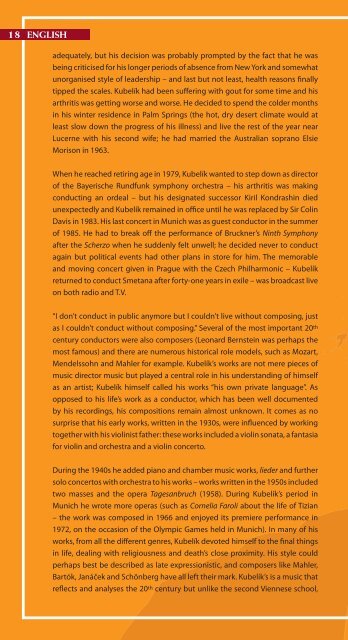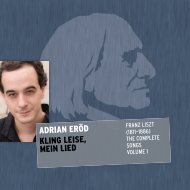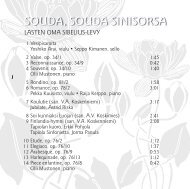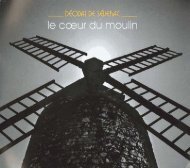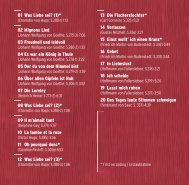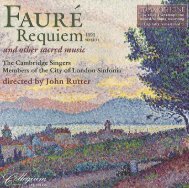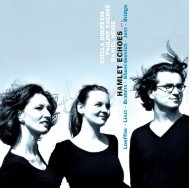RAFAEL KUBELÍK
RAFAEL KUBELÍK
RAFAEL KUBELÍK
Sie wollen auch ein ePaper? Erhöhen Sie die Reichweite Ihrer Titel.
YUMPU macht aus Druck-PDFs automatisch weboptimierte ePaper, die Google liebt.
18 ENGLISH<br />
adequately, but his decision was probably prompted by the fact that he was<br />
being criticised for his longer periods of absence from New York and somewhat<br />
unorganised style of leadership – and last but not least, health reasons finally<br />
tipped the scales. Kubelík had been suffering with gout for some time and his<br />
arthritis was getting worse and worse. He decided to spend the colder months<br />
in his winter residence in Palm Springs (the hot, dry desert climate would at<br />
least slow down the progress of his illness) and live the rest of the year near<br />
Lucerne with his second wife; he had married the Australian soprano Elsie<br />
Morison in 1963.<br />
When he reached retiring age in 1979, Kubelík wanted to step down as director<br />
of the Bayerische Rundfunk symphony orchestra – his arthritis was making<br />
conducting an ordeal – but his designated successor Kiril Kondrashin died<br />
unexpectedly and Kubelík remained in office until he was replaced by Sir Colin<br />
Davis in 1983. His last concert in Munich was as guest conductor in the summer<br />
of 1985. He had to break off the performance of Bruckner’s Ninth Symphony<br />
after the Scherzo when he suddenly felt unwell; he decided never to conduct<br />
again but political events had other plans in store for him. The memorable<br />
and moving concert given in Prague with the Czech Philharmonic – Kubelík<br />
returned to conduct Smetana after forty-one years in exile – was broadcast live<br />
on both radio and T.V.<br />
“I don’t conduct in public anymore but I couldn’t live without composing, just<br />
as I couldn’t conduct without composing.” Several of the most important 20 th<br />
century conductors were also composers (Leonard Bernstein was perhaps the<br />
most famous) and there are numerous historical role models, such as Mozart,<br />
Mendelssohn and Mahler for example. Kubelík’s works are not mere pieces of<br />
music director music but played a central role in his understanding of himself<br />
as an artist; Kubelík himself called his works “his own private language”. As<br />
opposed to his life’s work as a conductor, which has been well documented<br />
by his recordings, his compositions remain almost unknown. It comes as no<br />
surprise that his early works, written in the 1930s, were influenced by working<br />
together with his violinist father: these works included a violin sonata, a fantasia<br />
for violin and orchestra and a violin concerto.<br />
During the 1940s he added piano and chamber music works, lieder and further<br />
solo concertos with orchestra to his works – works written in the 1950s included<br />
two masses and the opera Tagesanbruch (1958). During Kubelík’s period in<br />
Munich he wrote more operas (such as Cornelia Faroli about the life of Tizian<br />
– the work was composed in 1966 and enjoyed its premiere performance in<br />
1972, on the occasion of the Olympic Games held in Munich). In many of his<br />
works, from all the different genres, Kubelík devoted himself to the final things<br />
in life, dealing with religiousness and death’s close proximity. His style could<br />
perhaps best be described as late expressionistic, and composers like Mahler,<br />
Bartók, Janáček and Schönberg have all left their mark. Kubelík’s is a music that<br />
reflects and analyses the 20 th century but unlike the second Viennese school,


